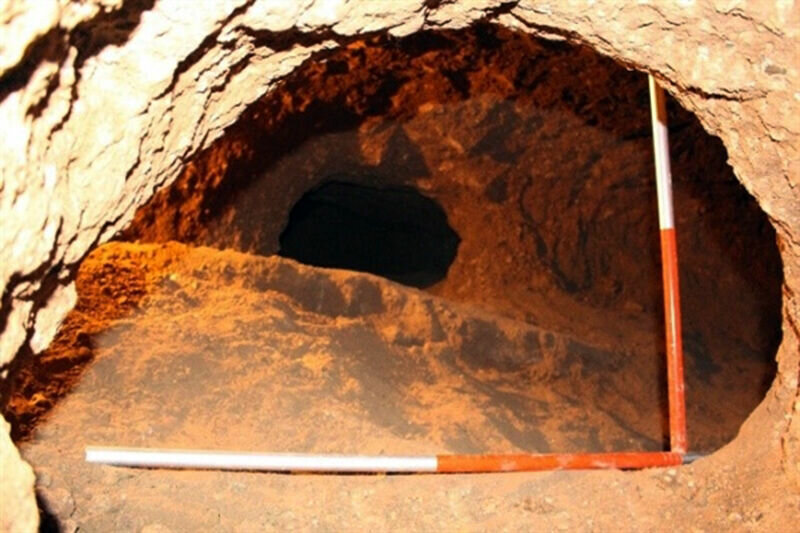Construction workers come across prehistorical cultural evidence in western Iran

TEHRAN – Scraps of cultural evidence dating from 5th and 4th millennium BC have accidentally been discovered during a construction project in the western city of Azna, Lorestan province.
The cultural evidence comprises stone tools, earthen figurines, bone remnants and clay fragments, which are estimated to date back to the 5th and 4th millennium BC, provincial tourism chief Seyyed Amin Qasemi said on Sunday, Mehr reported.
“The construction project was stopped immediately as the historical relicts were brought to light in Keyvan neighborhood of Azna,” the official said
In order to prevent from further destruction and to determine the eras [of human settlements], a 45-day archaeological survey is being conducted, the official said.
Authorized by the Research Institute of Cultural Heritage & Tourism, the survey started on May 26 and it also follows operations of demarcation and stratigraphy (the analysis of the order and position of layers of archaeological remains) in the troglodytic structure, he explained.
The province was once a cultural crossroad for Paleolithic and Neanderthal residents. In May, an official unveiling ceremony showcased stone tools and a fragment of a fossilized skull, attributed to Homo sapiens, excavated from the Kaldar Cave in Lorestan. The cave has also yielded weapon fragments crafted by Neanderthals.
Lorestan was inhabited by Iranian Indo-European peoples, including the Medes, c. 1000 BC. Cimmerians and Scythians intermittently ruled the region from about 700 to 625 BC. Under Cyrus the Great, Lorestan was incorporated into the growing Achaemenid Empire in about 540 BCE and successively was part of the Seleucid, Parthian, and Sassanid dynasties.
AFM/MQ/MG
Leave a Comment